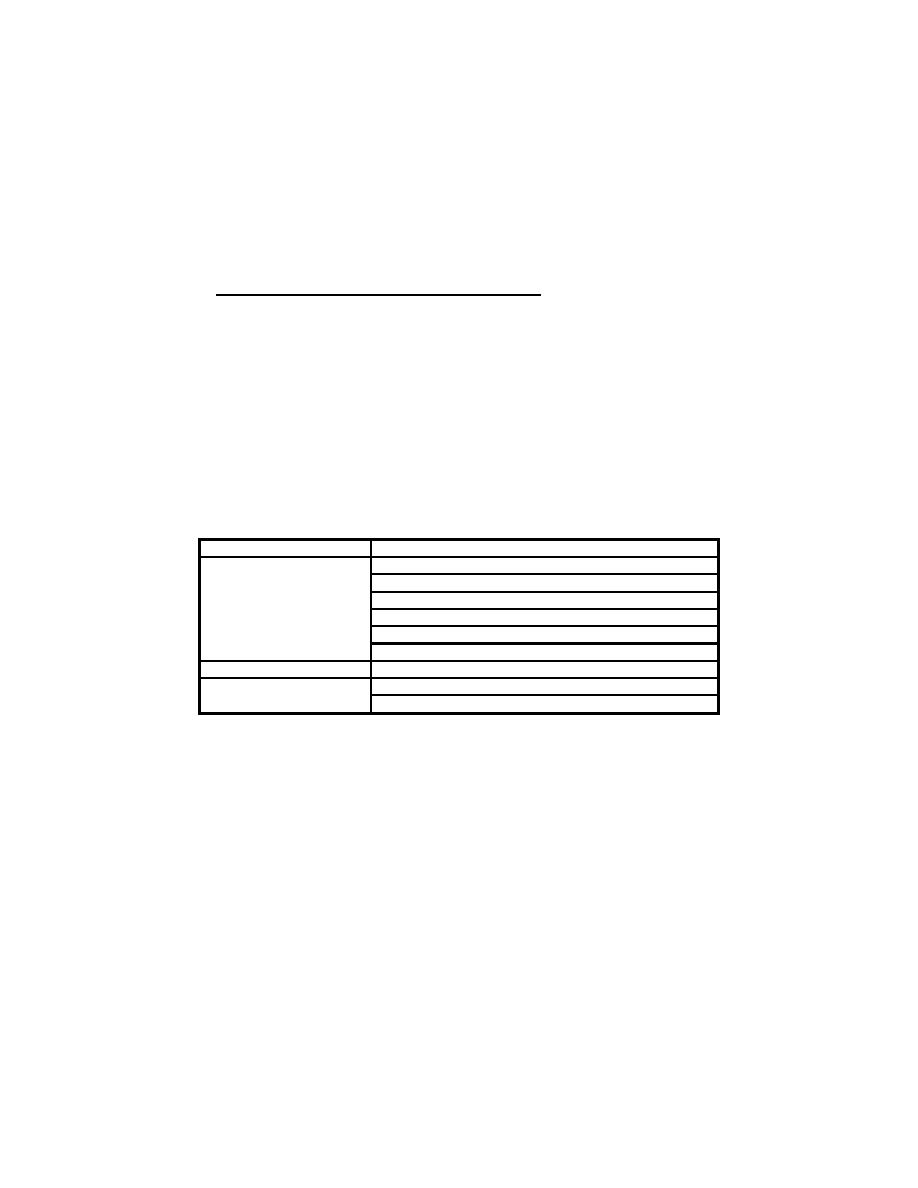

Custom Search
|
|

|
||
 MIL-HDBK-1013/12
uses antitank weapons or mortars. Refer to MIL-HDBK-1013/1A for
alternatives to glazing that provide protection against this type
of tactic. This handbook does not address tactics or postulated
tactics which have no historical or intelligence basis such as
suicidal or remote-controlled airborne bombings.
3.4
Tools, Weapons, and Explosives. Aggressors use various
tools, weapons, and explosives to attain their objectives. The
tools, weapons, and explosives included in this handbook
represent those used currently and historically or those which
can be expected in the near future. Table 3 provides a list of
tool, weapon, and explosive categories used in this handbook.
Specific tools, weapons, and explosives associated with each
tactic are identified in Section 6 of this handbook. General
descriptions of these tools, weapons, and explosives are provided
in MIL-HDBK-1013/1A.
Table 3
Tools, Weapons and Explosives
Classification
Category
Limited, Low-Observable Hand Tools
Unlimited Hand Tools
Tools
Limited, Battery-Powered Tools
Unlimited Power Tools
Unlimited Thermal Tools
Explosives
Weapons
Small Arms
Explosives
Improvised Explosive Devices (IED)
Vehicle Bomb
31
|
 |
|
 |
||